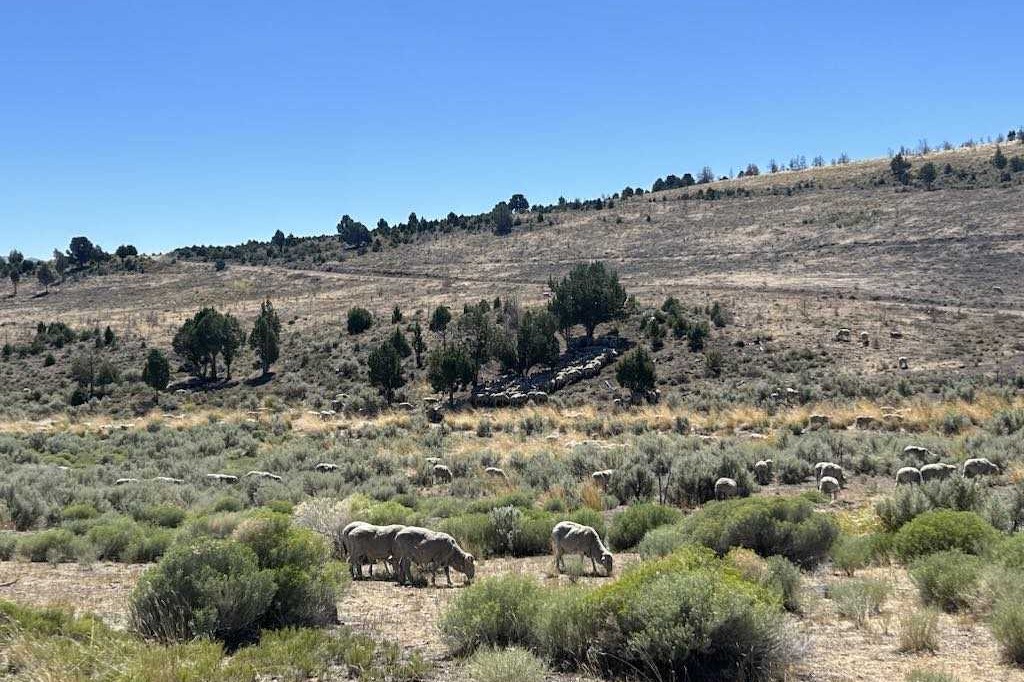Dear Aunty Thistledown
Nobody can predict poor Jenny’s future with total certainty. If that were possible, then perhaps she wouldn’t have been trapped for the last couple of decades. That being said, I think Jenny still has a long wait ahead of her.

Q – I understand there are panic stations on the seafront. Sea levels are rising and I gather that isn’t supposed to be a good thing. However, I might have been a bit negligent with the maintenance of my boat trailer and our boat “Jenny Shipley” has been stranded in the shed since, um…well, since her name made sense. I don’t mean to sound opportunistic, but how long would I have to wait until the rising tide refloats our Jenny? I reckon if the high tide line rose by about three metres, that should just about do it.
Regards,
Free Jenny
A – Hi FJ,
Nobody can predict poor Jenny’s future with total certainty. If that were possible, then perhaps she wouldn’t have been trapped for the last couple of decades. That being said, I think Jenny still has a long wait ahead of her.
If you don’t plan to winch her out, then Jenny’s fastest escape is via a catastrophic event such as an earthquake, tsunami or rapid collapse of the Antarctic ice sheets. In this case either the ground beneath Jenny would suddenly drop, or the sea would lift to liberate Jenny. Jenny would find herself rapidly refloated, and then probably smashed to smithereens. Of course, there is a chance that Jenny moves further from the sea. During the Kaikoura earthquake, parts of Waipapa Bay had 5.5m of uplift.
If we consider the more gradual sea level rises predicted due to climate change, a 3m sea level rise is actually a lot. At this level, Lower Hutt and a handful of other lower places become aquatic.
That’s all the more room for Jenny to play. But it is going to take a while. When Jenny was first entombed, which I am guessing was about 1999, the global sea level was rising at 1.7mm a year. There are some other factors we need to consider which we will take into account in a second. But, at this rate, it would take Jenny 1764 years to break free.
The good news is that higher temperatures mean melting ice is adding to the ocean volume while heat is expanding the volume of the water already there. This means global sea level rises are now about 3.4mm to 3.7mm per year, putting Jenny only 810 to 882 years away from freedom.
We can expect the rate of sea level rise to continue to accelerate, but by how much is literally up in the air. If humans do a poor job of kicking their fossil fuel habit, then the boffins predict the rate of sea level rise could get up to 11mm per year over the course of the coming century (assuming a high emissions scenario). That’s something like 270 years to go for Jenny’s isolation.
Now there are some other things to consider. Changes in ocean currents might work in Jenny’s favour. Also changes to water movements on land – perhaps Jenny’s jailbreak could be outsourced to a nearby river that could flood during the more frequent storms?
There is a chance that there is a massive game changing event that really upsets the world order – for instance if it gets too dry for the Amazon rainforest to survive and gigatonnes of trees go up in smoke. Or, the latest warmongering could climax in a nuclear holocaust propelling us into the next ice age. It’s hard to say what would happen to Jenny in either of these events. At the very least, she can expect a change in scenery.
Otherwise we are back to the tectonic plates, but rather than earthquakes we will be looking at gradual land movements. Parts of NZ are sinking at a rate of 8mm per year. If Jenny lives on the Wairarapa coastline, then she might be out in 375 years on land subsidence alone – or as little as 157 years if we add in runaway climate change. However, she will have a long road ahead of her if she is on the West Coast, Stewart Island or in the Bay of Plenty. Plate pressure means those areas are actually lifting by up to 5mm per year.
I don’t love Jenny’s chances of escape via the climate change plan, if I am honest. I mean, how many hundreds of years could a poorly maintained boat sit in a shed and remain sea-worthy? And where are your great-great-great-great-great-great grandchildren going to store her once the boat shed has floated away?
Have a heart and winch Jenny.
Love,
Aunty Thistledown.




